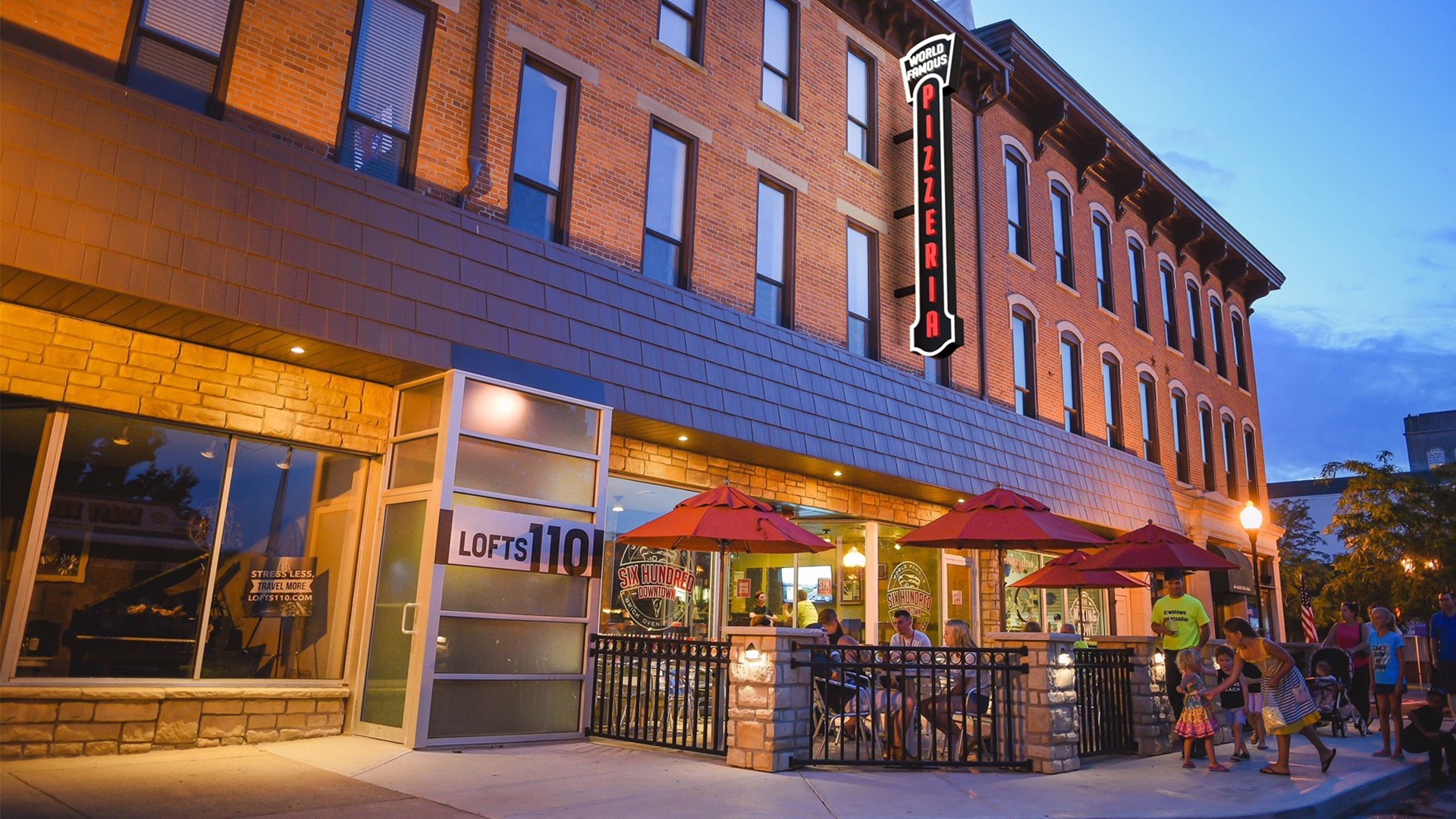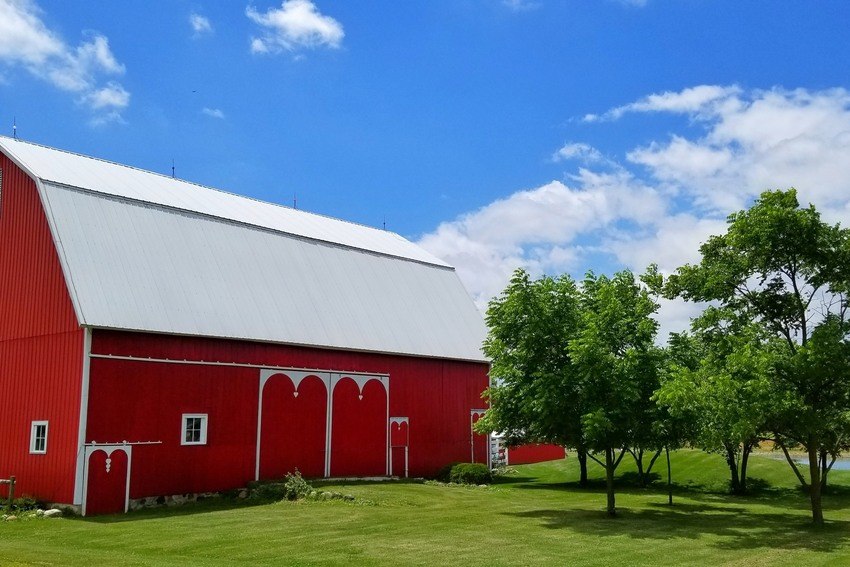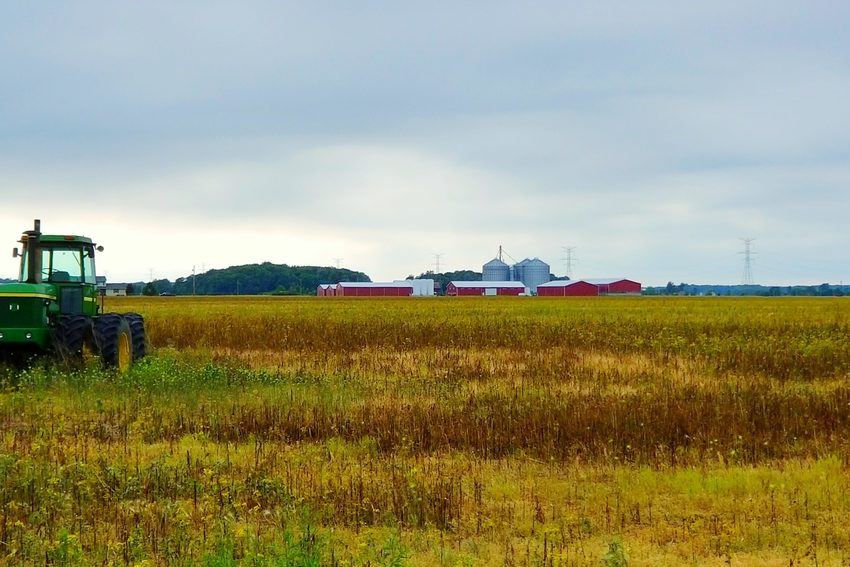
New BGSU initiative hopes to help rural communities move forward
Reimagining Rural Regions Initiative to leverage community assets in Gibsonburg, Van Wert and Marysville to attract, keep talent


By Bob Cunningham ’18
Gibsonburg is a village with a population of about 2,600 located east of Bowling Green in Sandusky County — and it’s got something to prove.
At least that’s how village administrator Marc Glotzbecker puts it.
“Despite our smaller size, Gibsonburg is an incredible community that operates with a bit of a chip on its shoulder and feels that we can go toe to toe with the bigger communities in northwest Ohio,” he said. “We feel that we have the same, if not more, assets than the larger communities and can offer a high quality of life.”
One of the biggest obstacles that Gibsonburg faces is getting people to look past its size and realize that it is a vibrant community with quality schools, a downtown area on the comeback, quality local government, industry and “everything else you would want and need in the community that you would choose to live, work and play in,” Glotzbecker said.
Bowling Green State University is positioned to help Gibsonburg and two other Ohio municipalities — Van Wert, near the Indiana state line, and Marysville, northwest of Columbus — attract talent to live and work within their communities.
As a public university for the public good, BGSU’s Division of Research and Economic Engagement, Center for Regional Development (CRD) and Center for Public Impact (CPI) developed the Reimagining Rural Regions (R3) Initiative to provide expertise and capacity to assist communities to undertake a placemaking process to identify assets that could be reimagined in an effort to improve quality of life and to aid in the retention and attraction of talent.
“The overarching idea here is, a lot of smaller rural communities are having trouble retaining and attracting workers, particularly young people,” said Dr. Russell Mills, senior director of CRD.
“Why is that the case? A lot of these small towns actually have jobs and large employers who are looking to hire in many cases. But what they haven't focused on are quality of life and placemaking amenities — things that are not just an employment opportunity, but third spaces outside of the home and workplace that would allow a young person to lead an interesting, meaningful life in a town where they could engage in experiential activities.
“The idea behind this initiative is to go to these communities and work with them on a planning process for a year to identify what kind of assets do they have that can be transformed or enhanced into the kind of amenities that people are looking for in a place to live, whether it be a dog park, a brewery, a community center, a coffee shop, a bookstore, etc.”
Starting in June, the R3 Initiative will leverage community assets and expertise, economic and community engagement expertise of CRD and CPI and the subject-matter expertise and capacity of BGSU faculty and students to make meaningful change in communities across northwest Ohio.
This work is partly funded by a $300,000 CARES Act grant from the U.S. Economic Development Administration (EDA) and the State of Ohio Rural Universities Program and seeks to help select communities in northwest Ohio reinvigorate and reimagine themselves into becoming vibrant and exciting places to live. In Phase 1 of this initiative (ongoing), CRD selected three communities — Gibsonburg, Van Wert and Marysville — to engage in “strategic placemaking” discussions and plan development. Once done, CPI will then enlist graduate and undergraduate students from BGSU to guide those communities into realizing their strategic plans.
Across Ohio and the United States, the economic, cultural and technological divide between larger cities and communities and rural small towns has never been greater. As rural communities look to bridge the gap between themselves and larger communities, it is important to understand that today’s workers, and in particular young, high-skilled workers, are making decisions on where they will live not based solely where there are employment opportunities, but also on the amenities, assets and experiences available in communities where they feel they can lead interesting, meaningful lives.
Despite the disruption caused by the global COVID-19 pandemic, new economic trends such as increased remote work environments provide opportunities to increase the economic resiliency and quality of life of residents while attracting new talent and companies in rural communities across the region.
Many rural communities face significant challenges compared to larger cities and communities in attracting and retaining jobs to support a tax base that enables the building and maintenance of community assets and infrastructure such as schools, parks, cultural amenities and high-speed internet. In turn, it often makes it difficult for rural towns to retain and attract young people, executive leadership and skilled workers — even when they are successful in attracting new employers to their communities.
“We talk a great deal internally about the ‘tools we need in our toolbox’ in order to attract new residents and businesses and retain our current residents and businesses,” Glotzbecker said. “We are 100% looking at the R3 Initiative and our involvement with the CRD as being a major tool that we are going to use in our efforts to move the Gibsonburg community forward. It’s an incredible opportunity for us to be a part of the program and work with BGSU.”
“I've always done a lot in different rural communities in my career, and I really do enjoy it,” Mills said. “There's something special about a small town, right? Each one is unique; you go to one and it feels and looks different when you go. They each have something different to offer, and I think part of it is trying to figure out how to make rural America attractive to a new generation.”
Media Contact | Michael Bratton | mbratto@bgsu.edu | 419-372-6349
Updated: 05/19/2021 08:26AM
